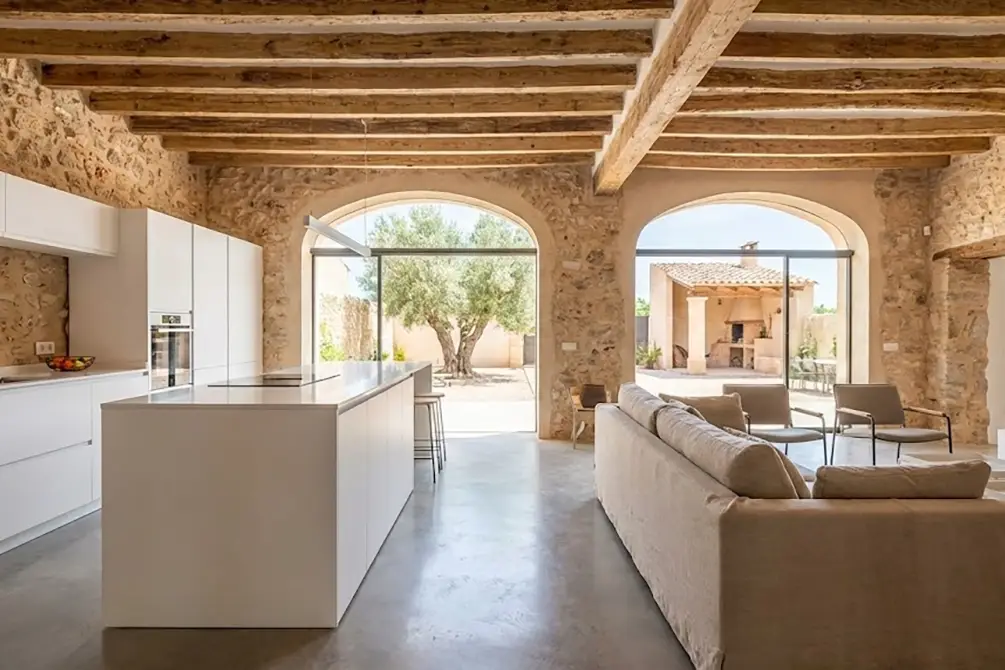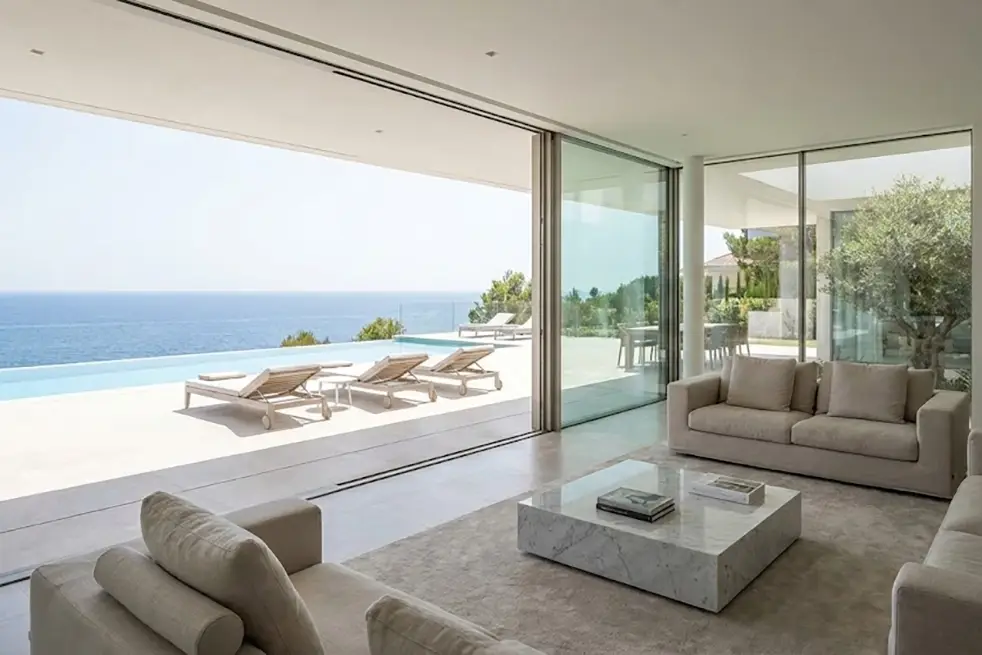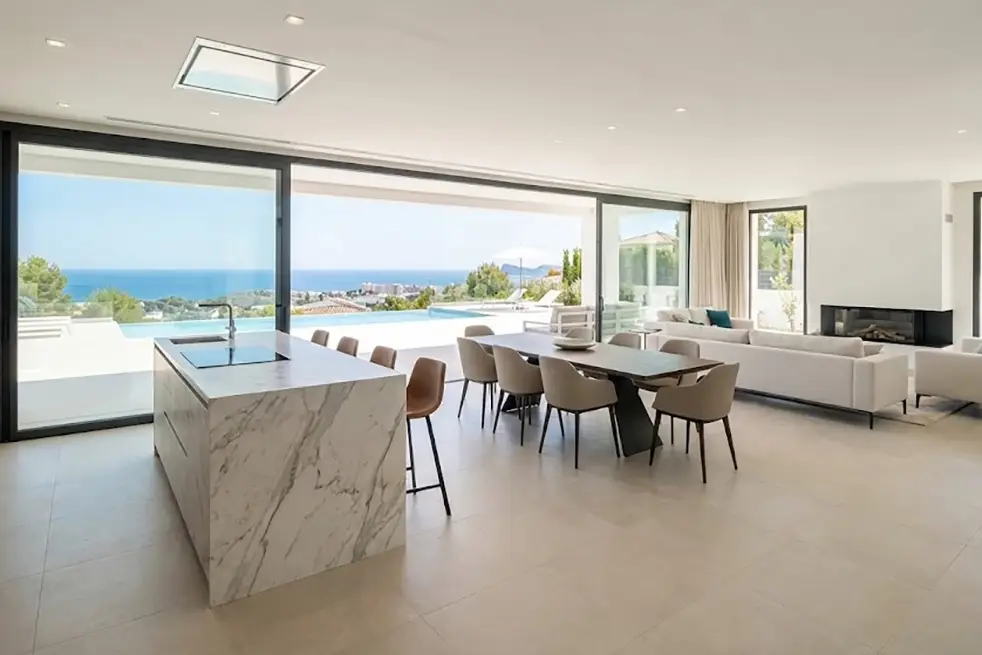The advice of an architect in the purchase of a home is essential to ensure an informed decision. Through a technical and structural analysis, potential problems affecting the investment can be identified. In addition, an architect helps to value the property fairly and to explore renovation options according to the buyer’s needs. This professional support helps to reduce risks and ensure that the purchase meets the desired expectations.
Importance of architect consultation when purchasing a property
Having an architect’s advice when acquiring a property guarantees a well-founded and safe decision. Their experience and knowledge allow them to identify critical aspects that may go unnoticed by a buyer without technical training.
Structural and technical analysis of the property
A detailed analysis of the property is one of the architect’s most relevant functions. Through their intervention, a thorough evaluation is carried out, enabling the detection of potential issues in the structure and installations.
Inspection of beams and load-bearing walls
Architects are trained to identify the condition of beams and load-bearing walls, fundamental elements that ensure the stability of the construction. A failure in these aspects could entail significant risks.
Assessment of water and electrical installations
It is essential to assess the water and electrical installations. This ensures that there are no hidden problems that could result in costly repairs in the future, thus guaranteeing the proper functioning of these services.
Identification of construction problems
Besides the structural check, an architect has the ability to detect construction problems that an average buyer might not notice. This includes everything from visible defects to issues that may arise due to the passage of time or poor finishes.
Property valuation
A correct valuation of the property allows for informed decisions about the purchase price. The architect’s expertise in this field translates into a more advantageous negotiation for the buyer.
Estimation of purchase price
The architect can provide an accurate estimate of the purchase price, considering the actual condition of the property and market prices. This maximizes the buyer’s investment and avoids overpayments.
Comparison with other properties
Making a comparison with other similar properties in the area is crucial. This practice helps establish a fair price, avoiding impulsive decisions that could harm the buyer in the future.
Possibilities for renovation
Advice on renovation possibilities is another positive aspect an architect brings. Evaluating the potential for modifications is essential to adapt the property to the buyer’s needs and preferences.
Feasibility analysis of renovations
The architect not only analyzes the feasibility of renovations but also ensures they comply with local regulations. This is crucial to avoid administrative problems later on.
Regulations and permits for renovations
Understanding the regulations and necessary permits for renovations is essential. An architect ensures that the buyer not only has a habitable space but also complies with current regulations, thus avoiding future legal issues.
Technical advisory process: fundamental steps
The technical advisory process in purchasing a property comprises key stages that enable the buyer to make informed and appropriate decisions. Each phase is designed to evaluate the client’s needs and the available properties, ensuring that every detail is considered.
Identification of buyer needs
The first phase is vital to outline the path forward. Understanding what the buyer truly desires is essential to finding the right property.
Defining housing expectations
During this stage, an open dialogue is held to identify the buyer’s expectations regarding the property. This includes aspects such as:
- Type of property (apartment, single-family house, etc.).
- Size and layout of the spaces.
- Geographic location and desired environment.
- Specific needs, such as the number of bedrooms or accessibility.
Establishing priorities
Once expectations are defined, it is crucial to establish priorities. This helps align the searches with what the buyer considers most important. Priorities may include:
- Maximum available purchase price.
- Proximity to schools, public transport, or essential services.
- Aesthetic and design preferences.
Property visits and evaluations
With needs and priorities established, it’s time to start visiting properties. This phase involves a careful evaluation of each property.
Visual inspection of the property
During each visit, a thorough visual inspection is conducted. The architect will assess key aspects such as:
- Condition of the structure and exterior finish.
- Interior layout and functionality of spaces.
- Aesthetic conditions and possible modifications.
Documentation of conditions and issues
Documenting any adverse conditions or issues that may be detected is essential. This information will be valuable later for decision-making and negotiation. A record will be made of:
- Visible defects.
- Issues that may affect habitability.
Preparation of technical reports
After the visits, a technical report summarizing the condition of the evaluated properties is prepared. This report is a key element in the advisory process.
Reports on structural condition
The report will include a detailed assessment of the property’s structural condition. Elements such as:
- Integrity of walls and beams.
- Condition of the foundations and any possible cracks.
Proposals for renovations and cost estimates
The architect can also present renovation proposals if areas for improvement are identified. This section will include:
- Ideas for layout or design.
- Cost estimates for the suggested renovations.
Advisory on price negotiation
With all the gathered information, the next step is to assist the buyer in negotiating the price. Here, preparation and technical data provide a solid foundation.
Negotiation strategies based on reports
The technical report becomes a fundamental tool for negotiation. It will be used to support the purchase proposal and argue for any necessary price adjustments.
Advice on getting better terms
The architect will advise on the best tactics to employ in the negotiation, such as:
- Preferred payment terms.
- Conditions of delivery or possible improvements that the seller could make.
Benefits of an architect in the property purchase
Having the services of an architect during the property purchase process offers multiple advantages that go beyond simple design. An architect’s experience and technical knowledge ensure a safer and more profitable process.
Cost savings and problem detection
An architect conducts a thorough analysis of the property, which helps prevent unexpected future expenses. This initial investment can translate into significant savings.
Avoiding hidden costs
An architect’s intervention helps uncover construction deficiencies that could translate into additional costs. Aspects such as dampness or structural issues, if not detected in time, can require costly repairs that negatively impact the budget.
Early identification of technical problems
Architects are trained to detect technical problems from the early stages of evaluation. This early identification not only avoids unpleasant surprises but also allows for an appropriate intervention plan, thus minimizing long-term expenses.
Peace of mind and security in the purchase
Emotional and financial security is a key component when buying a property. With the support of an architect, the buyer can feel more confident in their decisions.
Informed and safe decisions
Technical advice provides the buyer with precise and objective information about the property’s condition. This allows for well-founded decisions based on a deep understanding of the property’s conditions.
Less stress in the process
An architect’s experience simplifies the procedures related to the purchase. With a professional by their side, concerns about the property’s viability and regulatory compliance are reduced, creating a smoother and less stressful process.
Personalisation of the home
An architect not only acts as an expert in the purchase but also offers the possibility of transforming a property into a unique and personalised space. This approach can significantly enrich the acquisition experience.
Design of adapted spaces
The architect can visualise the potential of the space, proposing solutions suitable for the buyer’s needs and tastes. This includes adapting the layout and interior design, making the home a more welcoming and functional place.
Creative and functional proposals
An architect’s innovative ideas can transform the property, optimising its use and enhancing its value. The proposals are tailored to the buyer’s requirements and comply with current regulations, ensuring that the improvements made are viable and aesthetic.




